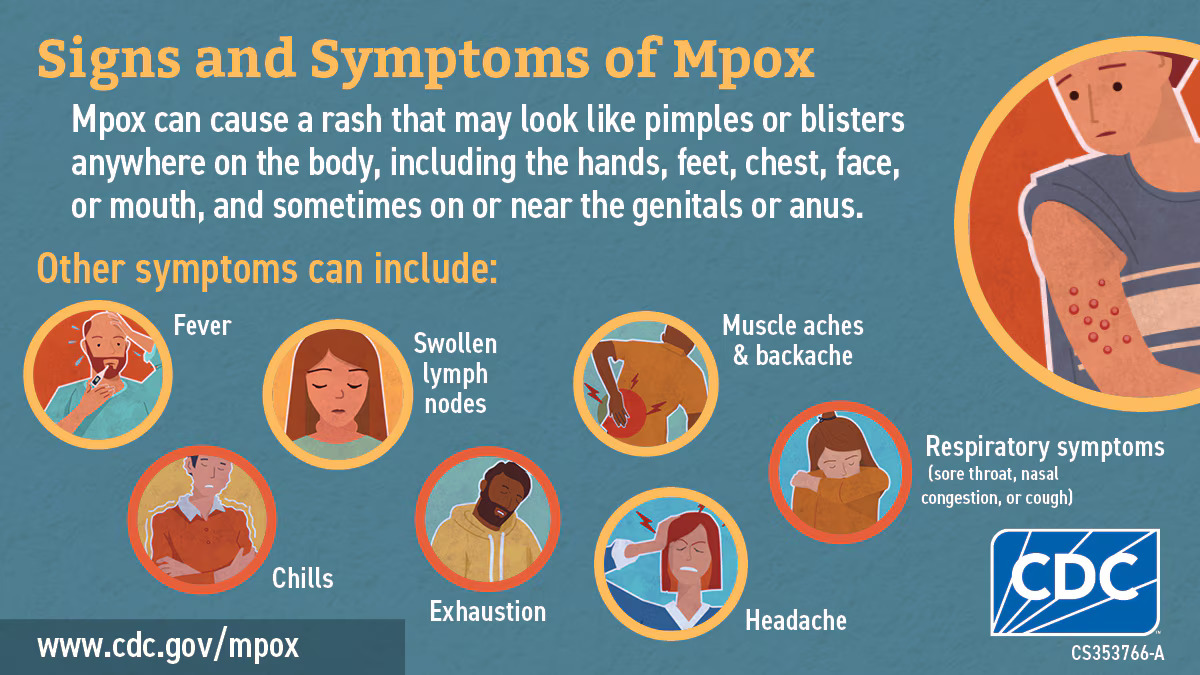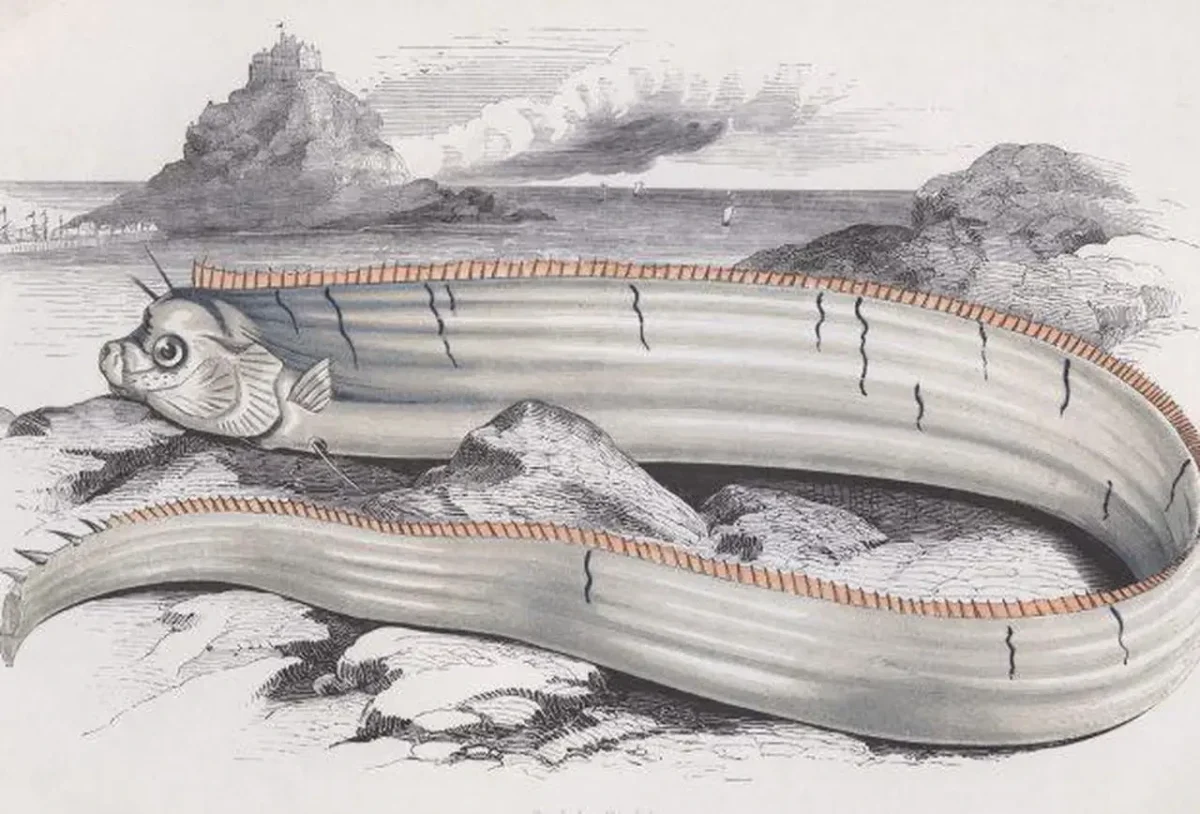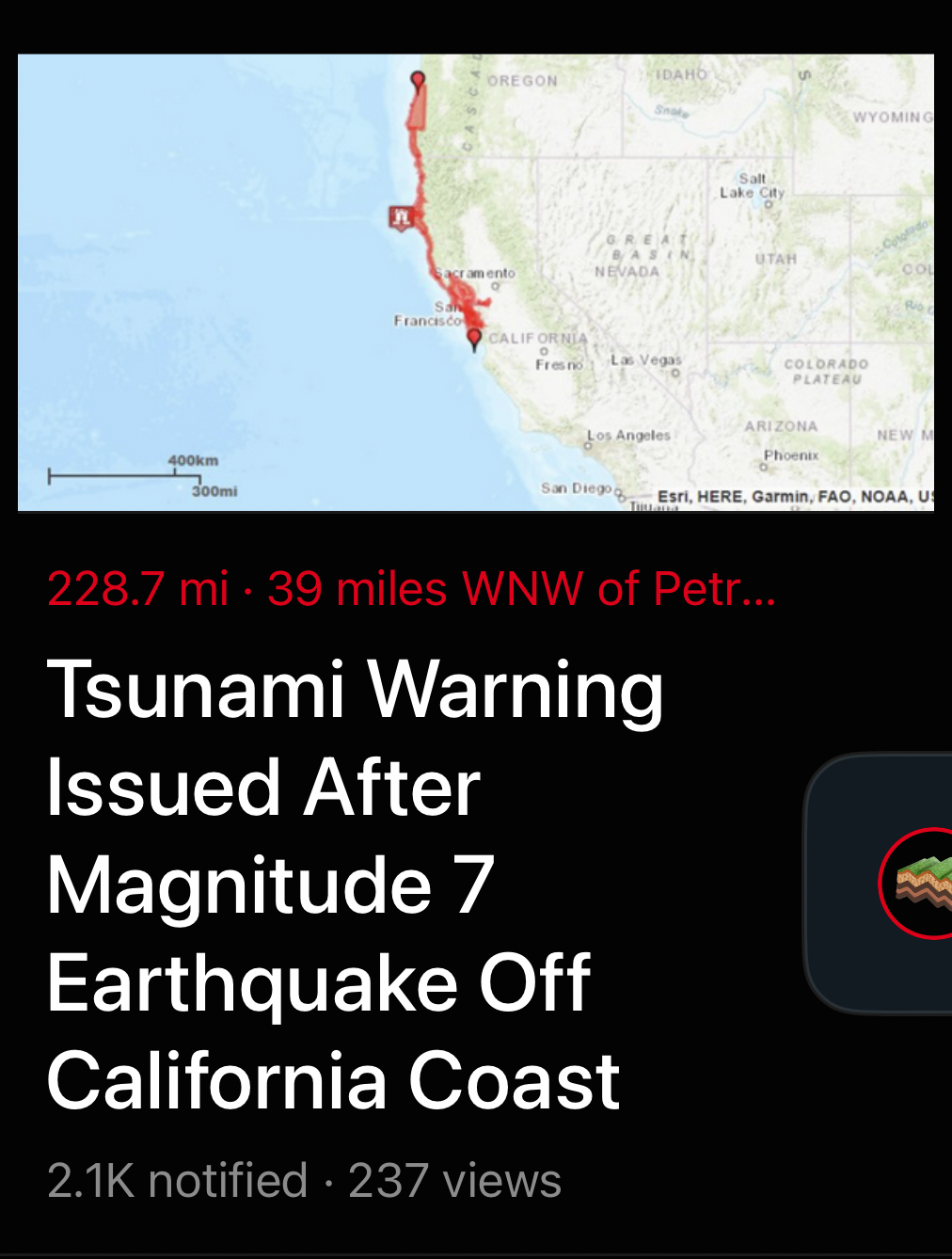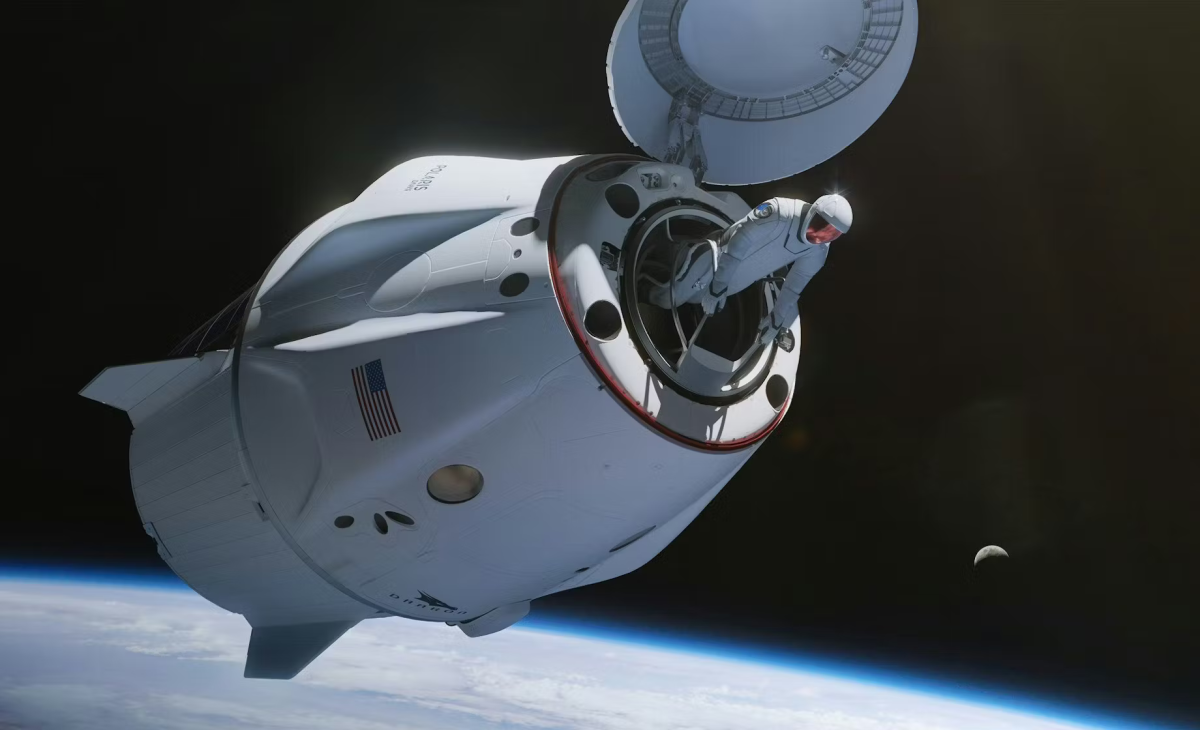PH3–or as it’s usually known–phosphine, was detected on Venus on Sept. 14 and may be the biggest lead scientists have for extraterrestrial life.
An international team of astronomers ranging from different space programs around the world first made the discovery of the gas in Venus’s atmosphere in September, using the Alma and James Clerk Maxwell telescopes to determine their findings.
Science teacher Tony Dunn ’82 said, “Most life on Earth is microscopic. It makes sense to assume that for other planets. We don’t have any samples of Venus’ atmosphere to study directly. So instead, we look for signatures of molecules created by biological activity. Oxygen is one.”
Dunn added, “Alien astronomers looking at Earth may not have telescopes large enough to see elephants and horses, or even the Great Wall of China, but they can detect the signature of oxygen in our atmosphere. This may lead them to conclude that Earth probably has life. Phosphine is another molecule which can be a signature of life.”
Venus was never a true contender in the habitable planet conversation like Mars, Europa, and Enceladus. Now, with astronomers finding phosphine, it points to the possibility of life through aerial anaerobic life in the atmosphere. On earth anaerobic life (oxygen free organisms) can most commonly be found in oxygen free environments like swamps, marshlands, and even in the intestines of some animals.
Phosphine on Earth is a toxic gas that consists of one phosphorus atom surrounded by three hydrogen atoms, which can be found in anaerobic organisms that live in marshlands, swamps, and in most animal intestines.
Venus is a rocky planet with an atmosphere that consists of carbon dioxide, with clouds of sulfuric acid droplets. The atmosphere on Venus is very thick, which results in the sun’s heat being trapped on the surface for temperatures higher than 880 degrees Fahrenheit.
With humanity looking to the stars for the next frontier, nations have sent missions to the moon, rovers to many planets, and many spacecraft to scout the solar system. Life on other planets will probably not be as it has been portrayed in pop culture, but microscopic life is a real possibility.
“That’s a great question. If you asked a hundred scientists, you’d get a hundred answers. Most would include the capacity for reproduction and evolution. Viruses are not considered to be alive, but they do have a means to reproduce and evolve,” said Dunn.
Even though there is data and measurements from the telescopes, it can only take the theory so far. To truly understand if Venus may truly be habitable and contain life scientists need to go back with spacecraft and see what lies ahead.









Joel Remak • Mar 14, 2021 at 11:10 am
Great article! Your thought-provoking brings to light a fascinating discovery that seemingly was overlooked by the mainstream media— maybe because the surface of Venus is a balmy 800 degrees. But life on Earth is determined to adapt to temperature, extreme pressure, harsh chemicals and even lack if sunlight.
Life on Venus? Why not?
And kudos to Science teacher Tony Dunn for inspiring such curiosity among his inquisitive students.